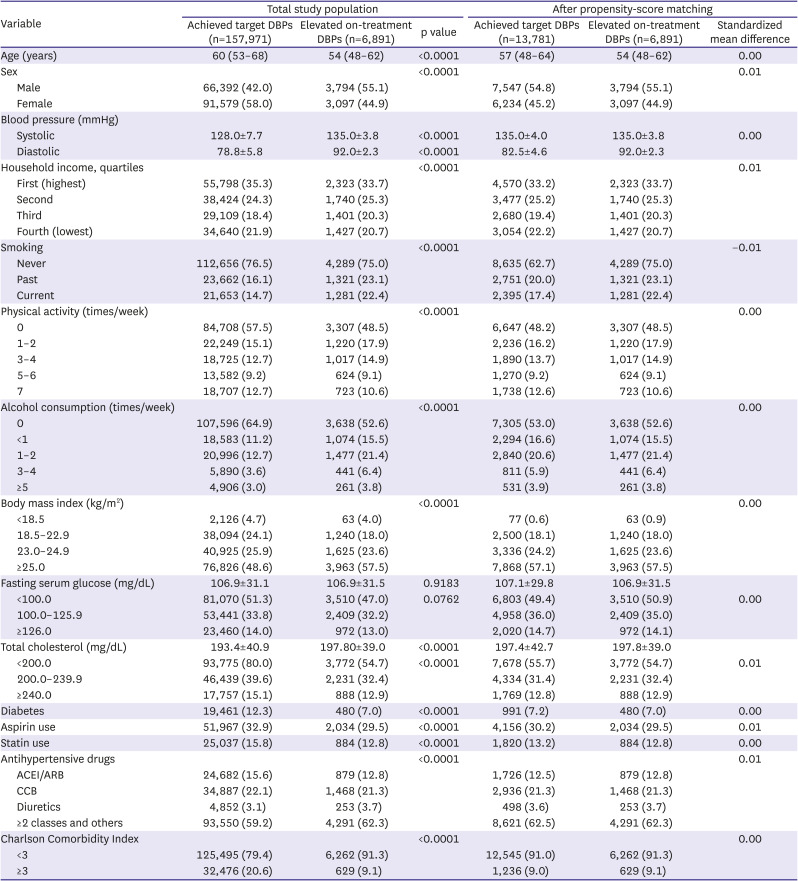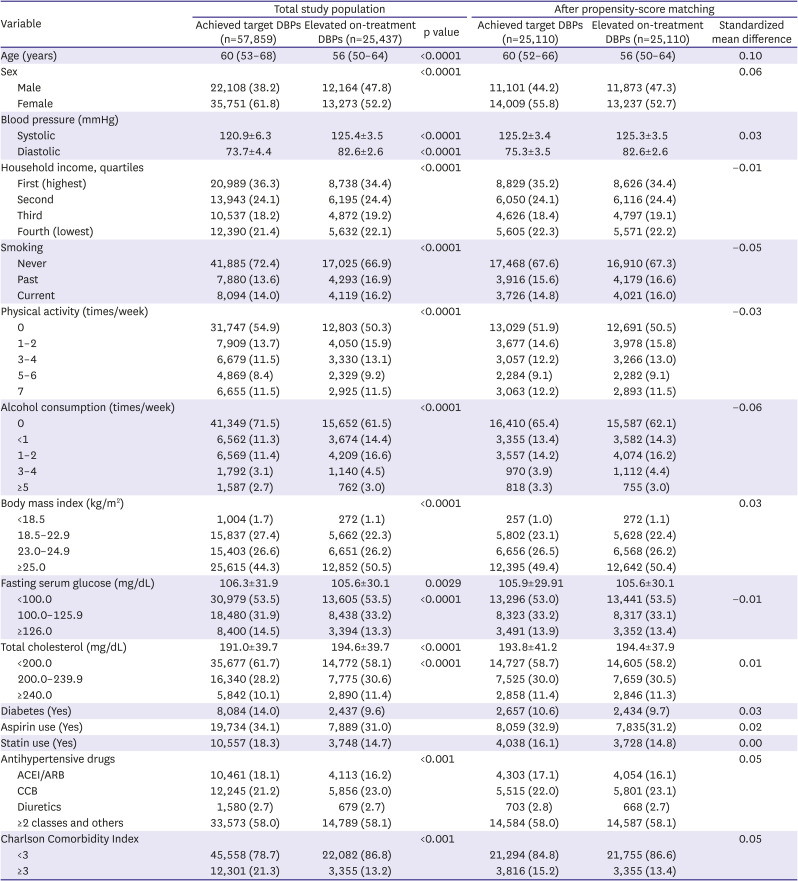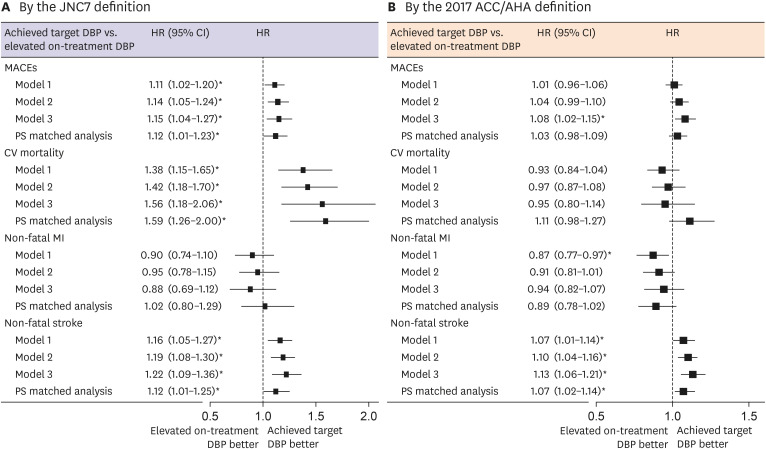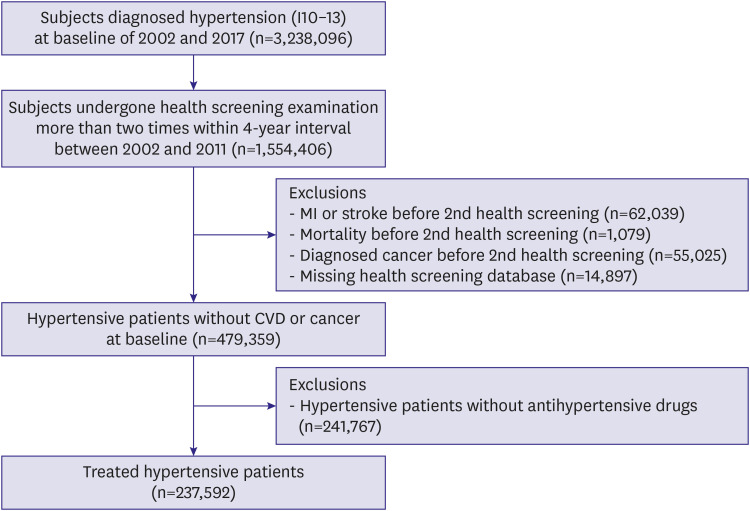1Division of Cardiology, Asan Medical Center, University of Ulsan College of Medicine, Seoul, Korea.
2Division of Cardiology, Department of Internal Medicine, Ewha Womans University Seoul Hospital, College of Medicine, Ewha Womans University, Seoul, Korea.
3Cardiovascular Center, Korea University Guro Hospital, Seoul, Korea.
4Division of Cardiology, Severance Cardiovascular Hospital and Cardiovascular Research Institute, Yonsei University College of Medicine, Seoul, Korea.
5Division of Cardiology, Department of Internal Medicine, Hanyang University College of Medicine, Seoul, Korea.
6Cardiovascular Center, Seoul National University Bundang Hospital, Seoul National University College of Medicine, Seongnam, Korea.
7Cardiovascular Center, Dongtan Sacred Heart Hospital, Hallym University College of Medicine, Hwaseong, Korea.
8Division of Cardiology, Department of Internal Medicine, Konkuk University Medical Center, Konkuk University School of Medicine, Seoul, Korea.
9Division of Cardiology, Department of Internal Medicine, Chungbuk National University Hospital, Chungbuk National University College of Medicine, Cheongju, Korea.
10Department of Internal Medicine, Seoul Metropolitan Government-Seoul National University Boramae Medical Center, Seoul, Korea.
11Division of Cardiology, Department of Internal Medicine, Chung-Ang University Hospital, Chung-Ang University College of Medicine, Seoul, Korea.
12Department of Precision Medicine, Wonju College of Medicine, Yonsei University, Wonju, Korea.
13Division of Cardiology, Department of Internal Medicine, Seoul National University Hospital, Seoul, Korea.
14Division of Cardiology, Department of Internal Medicine, Gil Hospital, Gachon University, Incheon, Korea.
15Department of Internal Medicine, Seoul National University Bundang Hospital, Seoul National University College of Medicine, Seongnam, Korea.
16Division of Cardiology, Department of Internal Medicine, Yeouido St. Mary’s Hospital, The Catholic University of Korea, Seoul, Korea.
17Division of Cardiology, Department of Internal Medicine, Kyung Hee University at Gangdong, Seoul, Korea.
18Division of Cardiology, Department of Internal Medicine, College of Medicine, Hanyang University, Seoul, Korea.
19Division of Cardiology, Department of Internal Medicine, Eulji Medical School of Medicine, Seoul, Korea.
20Division of Cardiology, Department of Internal Medicine, Chonnam National University Hospital, Gwangju, Korea.
21Department of Biostatistics, Wonju College of Medicine, Yonsei University, Wonju, Korea.
22Division of Cardiology, Department of Internal Medicine, Bucheon St. Mary’s Hospital, The Catholic University of Korea, Seoul, Korea.
23Division of Cardiology, Department of Internal Medicine, Kangbuk Samsung Hospital, Sungkyunkwan University School of Medicine, Seoul, Korea.








 PDF
PDF Citation
Citation Print
Print




 XML Download
XML Download